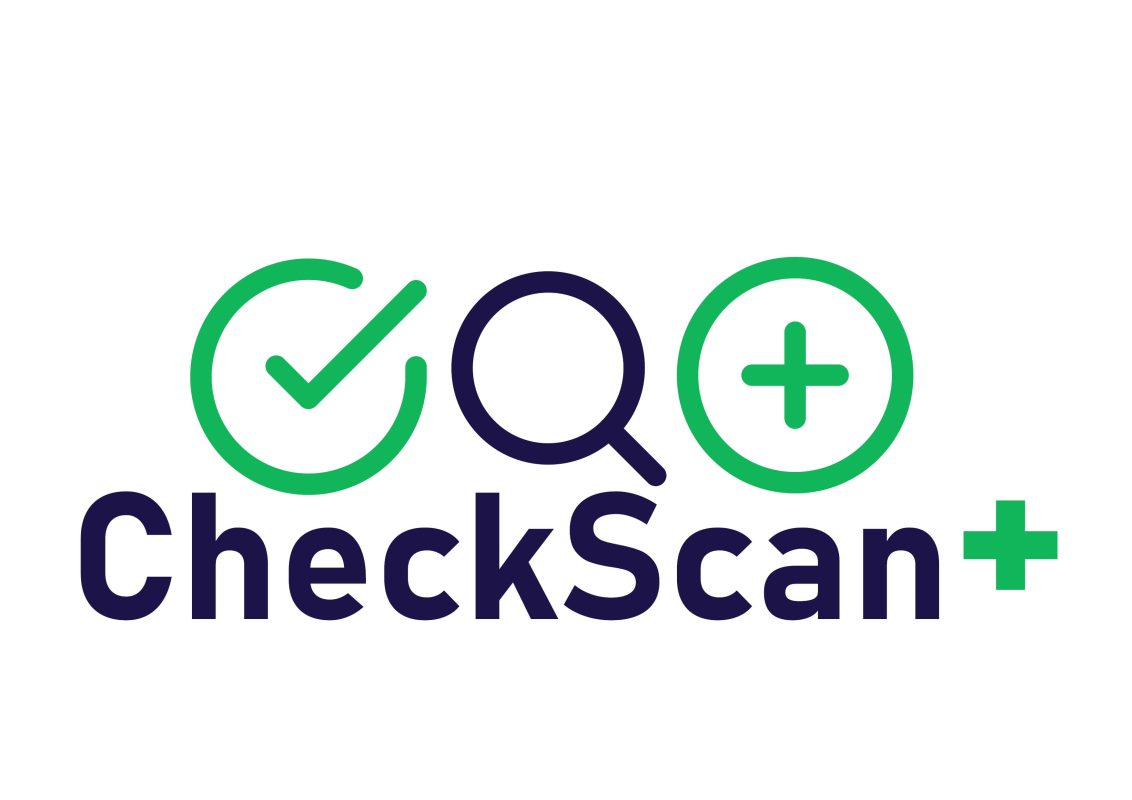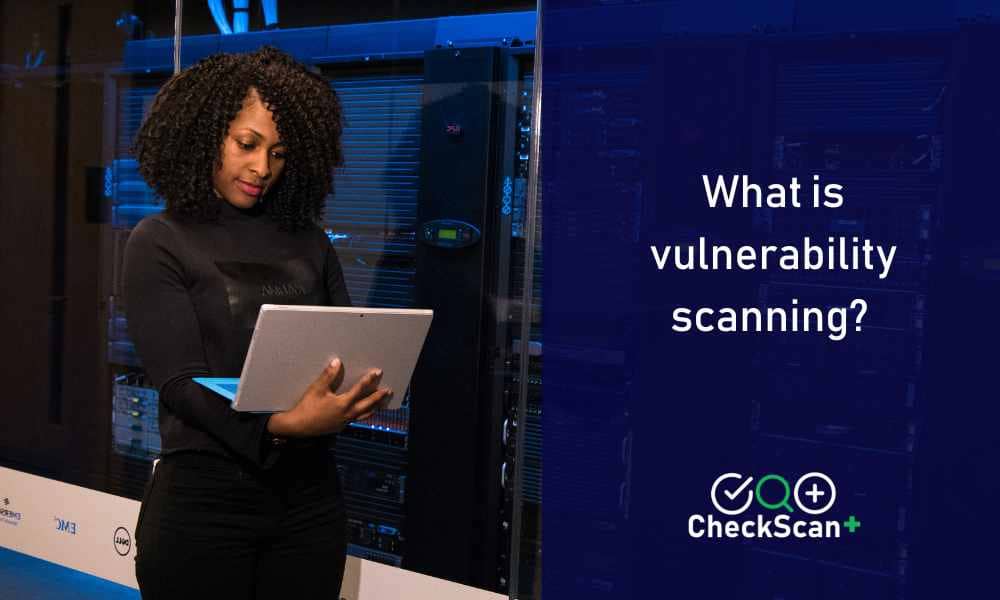Vulnerability scanning, or software vulnerability scanning, is the process of finding vulnerabilities in software and fixing them before hackers find them and use them against you. But what does that really mean? What do vulnerability scans do? Why are they so important? And what’s the best way to use vulnerability scanning to make sure your business stays protected against cyberattacks?
What is vulnerability scanning?
Cybersecurity vulnerabilities are holes in a system that can be exploited. Vulnerability scanning tools can help identify these weaknesses by running scans through an organization’s network, providing a list of potential attack paths. Penetration testing involves actively exploiting these weaknesses to test how an organization would respond in the event of an attack.
What are the benefits of vulnerability scanning?
The benefits of vulnerability scanning are manifold. One of the most significant benefits is that vulnerability scanners can help a company assess its security maturity posture, strengthening security over time by finding low-hanging fruit. Vulnerability scanning tools can also be used to automate the process, which frees up IT staff to focus on other tasks. They can also be used for proactive measures to help with compliance requirements, and provide an overview of where vulnerabilities exist in the infrastructure. Penetration testing involves using actual hacking techniques against networks, as opposed to using automated programs, in order to test their defenses.
How often should you scan for vulnerabilities?
The National Institute of Standards and Technology (NIST) recommends vulnerability scanning tools at least once a month to maintain cybersecurity. Companies should have penetration testing done on their network every six months, with the results documented in order to avoid any conflict between the penetration testing team and in-house IT personnel.
How to get started with vulnerability scanning
A key component of cyber security is vulnerability scanning. This entails using tools to scan the internet for potential risks and vulnerabilities, and then patching or repairing them if necessary. When done right, vulnerability scanning can save time and better cybersecurity by catching issues before they happen. The process can be complicated, so outsourcing the job will help you save time and avoid false positives while still finding vulnerabilities in your network that need to be patched.
Get started now with CheckScan+, book a demo here


